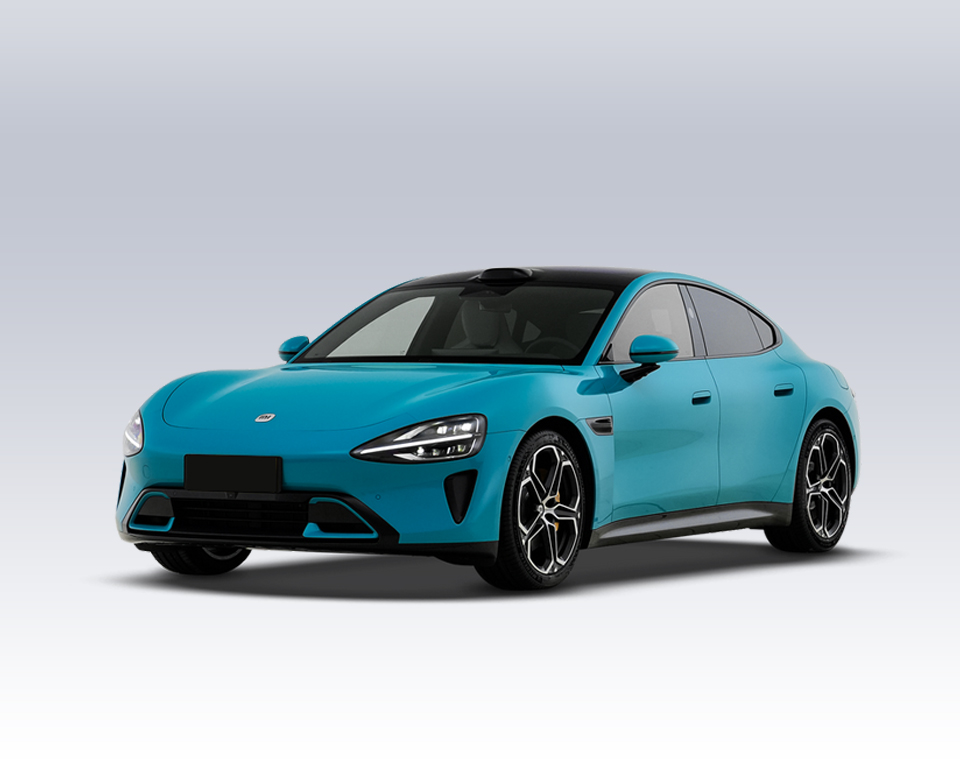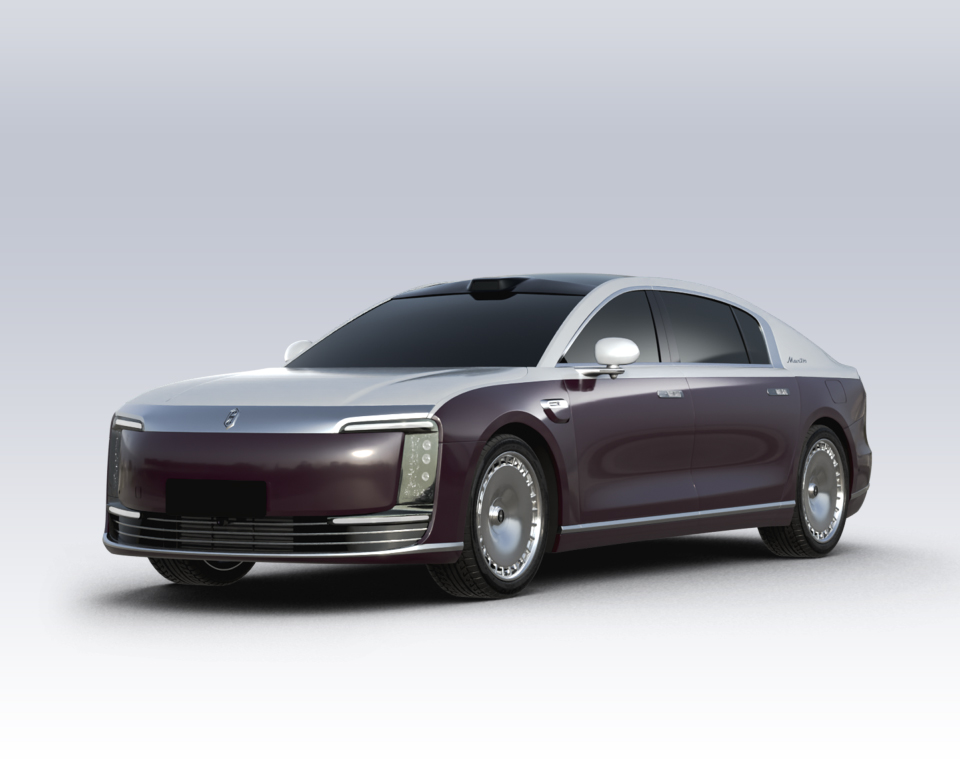How Does Fast Charging Affect EV Batteries?
As electric vehicles (EVs) become increasingly popular worldwide, fast charging has become a central topic of discussion. While it offers unmatched convenience, many wonder: does fast charging damage the battery in the long run? This article explores the mechanisms, real-world impact, and how to minimize the downsides—helping you charge smarter and extend battery life.
Catalog
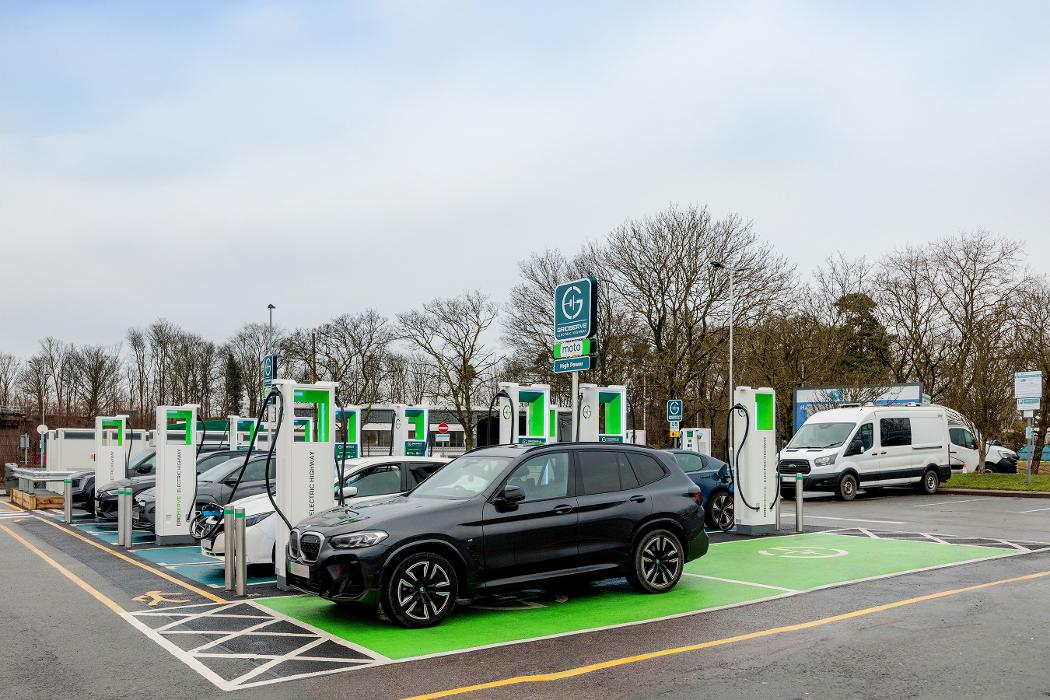
🔬 1. How Fast Charging Affects EV Batteries
🔹 Lithium Plating and Dendrite Formation
At high charging currents, lithium ions rush into the anode. If they can’t diffuse fast enough, metallic lithium may deposit on the surface, forming lithium dendrites. These can pierce the battery separator, leading to short circuits or even thermal runaway. Studies by Xiamen University have shown that fast charging at 3C rates and above significantly increases the risk of dendrite growth and capacity loss.
🔹 Heat-Induced Aging
During fast charging, battery temperature can rise sharply. Electrochemical reactions and resistive heating can cause temperature spikes of 30°C or more. Research indicates that for every 1°C increase, battery life shortens significantly. For example, a standard 18650 battery cycled at 45°C loses 37% capacity after 800 cycles, while at 55°C it loses 71% after just 491 cycles.
🔹 Mechanical Stress and Cracking
Rapid charging causes electrode materials to expand and contract quickly, resulting in internal stress. This can lead to cracks in the electrode structure, reducing stability and accelerating aging.
🔹 SEI Layer Overgrowth and Electrolyte Breakdown
To cope with lithium deposition, the battery’s Solid Electrolyte Interface (SEI) regenerates repeatedly. Meanwhile, high voltage and temperatures during fast charging degrade the electrolyte, increasing internal resistance and reducing efficiency.
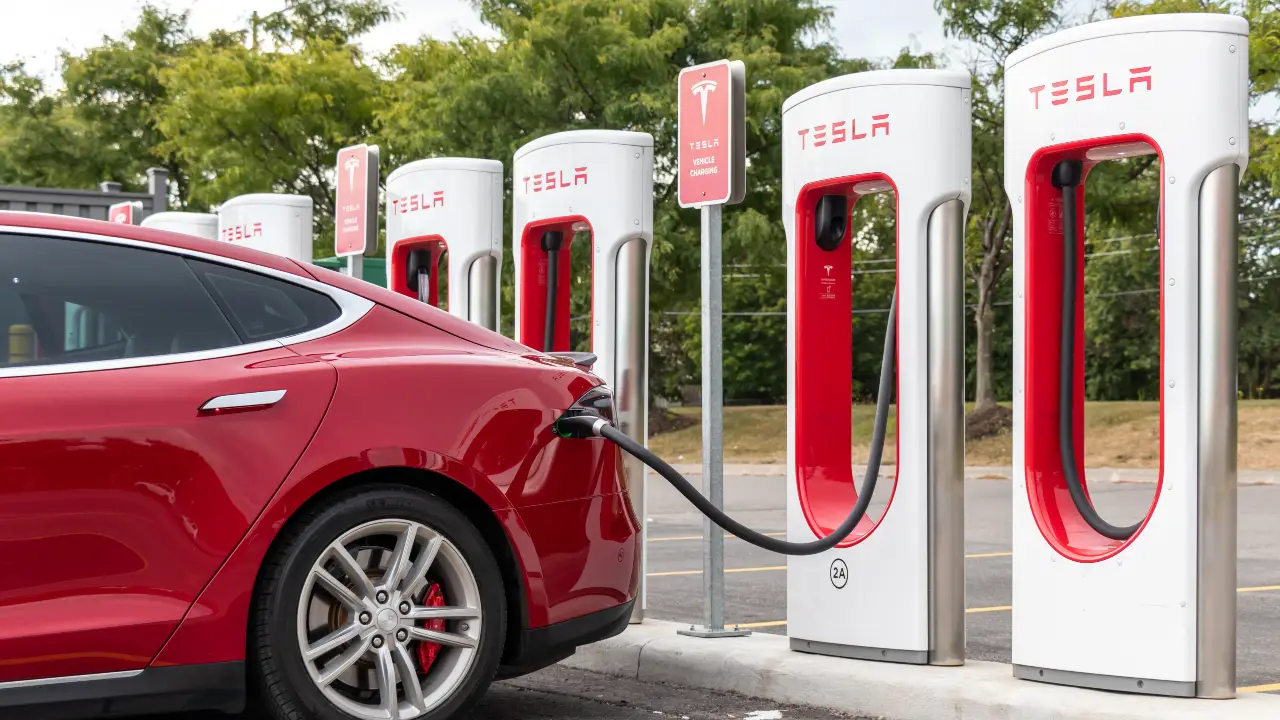
📊 2. How Much Does Fast Charging Really Affect Battery Life?
🔸 Lab vs. Real-World Performance
While scientific studies highlight risks, real-world data shows fast charging doesn’t necessarily lead to drastic battery degradation—especially when modern Battery Management Systems (BMS) are used.
After 80,000 km, EVs primarily using slow charging lost around 23% of battery capacity, while those using fast charging lost about 27%.
🔸 Frequent High-Power Charging Accelerates Degradation
According to Tsinghua University, frequent use of ultra-fast chargers (120 kW or more) can shorten battery life by up to 40%. In ride-hailing vehicles, health metrics dropped to around 85% after two years of frequent fast charging.
🔸 Environmental Impact
Fast charging in hot climates significantly increases aging. Studies suggest that high ambient temperatures combined with fast charging can multiply natural degradation, making battery life management more challenging.

🛡 3. How to Minimize Fast Charging Damage
✅ Limit Fast Charging Frequency
Use AC slow charging as your primary method. Reserve DC fast charging for emergencies or long-distance travel. Experts recommend fast charging no more than twice a week.
✅ Avoid Extreme SoC (State of Charge) Zones
Fast charging when the battery is below 20% or above 90% can cause more harm. Try to fast charge only within the 20–80% range for optimal battery health.
✅ Control Charging Temperature
Pre-cool or manage temperature before charging, especially in summer.
Ensure your vehicle’s thermal management system is functioning properly during high-speed charging.
✅ Maintain Cell Balancing
Advanced BMS technology helps equalize cells in series, ensuring no single cell is overcharged or overheated, which can reduce long-term damage.

🚀 4. Technological Advances Reducing Fast Charging Risk
🔧 Advanced Materials & Battery Chemistry
Manufacturers like CATL, Huawei, and EVE Energy are developing improved anode materials, additives, and electrolytes to support fast charging while extending battery life.
🔧 Intelligent Fast Charging Algorithms
Studies by Xiamen University show that dynamic charging rates (1C–6C depending on conditions) can slow dendrite formation. Future BMS may adopt AI-based systems that prioritize battery health during fast charging.
🔧 Smart Charging Infrastructure
Next-gen fast chargers are equipped with dynamic power control, adjusting current flow based on battery state, ambient temperature, and health metrics—minimizing unnecessary damage.
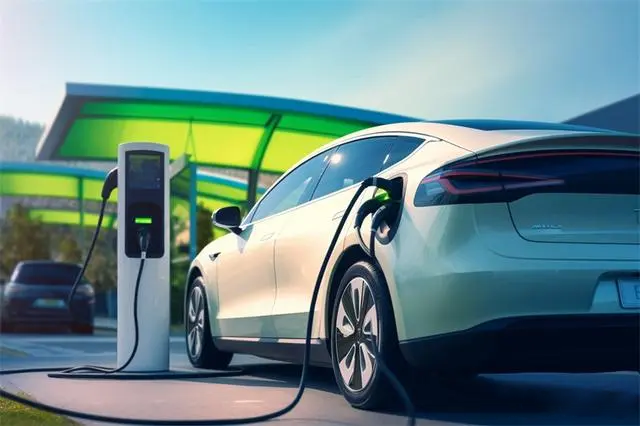
🧭 5. Tips for EV Owners
🔹 Practice Smart Charging Habits
Use slow (AC) charging for daily needs.
Avoid charging when the battery is too hot or too cold.
Don’t leave your EV plugged in after fully charged.
🔹 Read Warranty Fine Print
Some automakers restrict battery warranty coverage if fast charging exceeds a certain threshold (e.g., more than 200 times per year). Always check your vehicle’s warranty and user manual.
🔹 Install Home AC Charger
Installing a home AC charger helps reduce fast charging dependency, minimizes battery stress, and saves charging costs in the long run.
🔹 Monitor Battery Health
Keep an eye on battery health indicators via the BMS. Regular inspections and balancing services can prolong battery lifespan and maintain vehicle resale value.
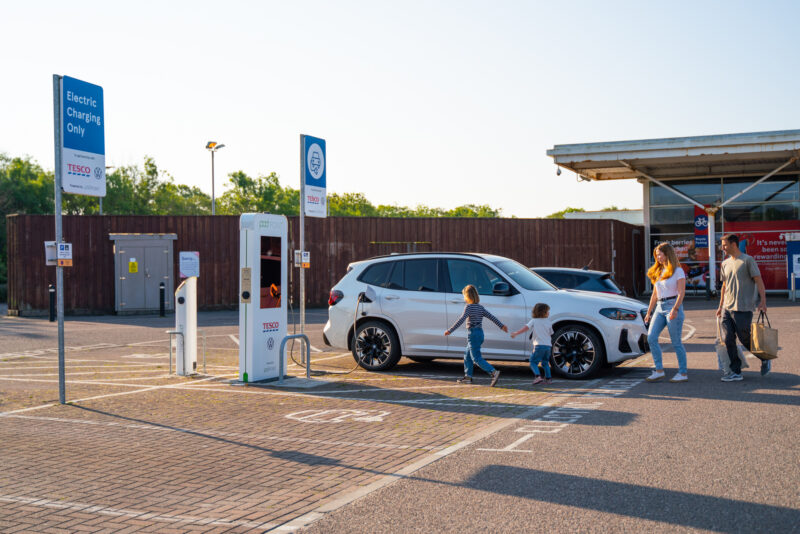
🧾 Conclusion
Fast charging does impact EV batteries, primarily through lithium plating, heat, mechanical stress, and electrolyte wear.
Modern technologies and smart management systems have significantly mitigated these risks.
Occasional fast charging is acceptable, especially with good thermal and power control.
Combining slow and fast charging strategically ensures long-term battery health.
Please explore our blog for the latest news and offers from the EV market.


